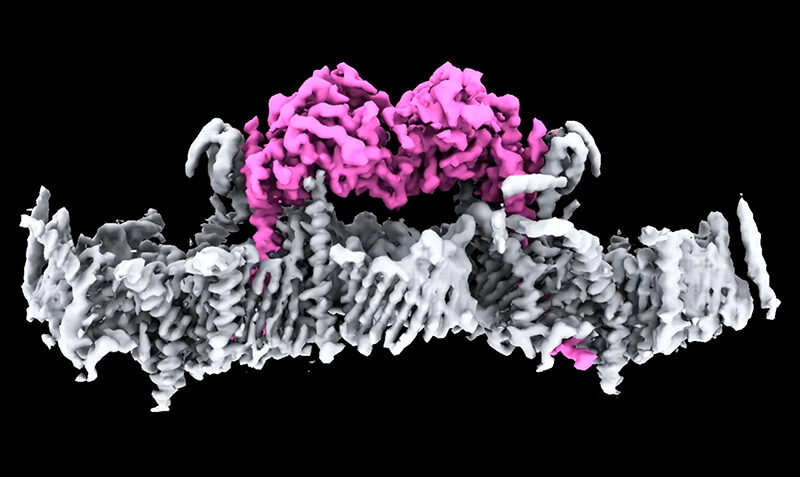
Scientists solve decades-long Parkinson’s mystery
On Mar. 14, 2025, researchers from the Walter and Eliza Hall Institute of Medical Research (WEHI) announced they have made a huge leap forward in the fight against Parkinson’s disease, solving a decades-long mystery that paves the way for development of new drugs to treat the condition.
Parkinson’s disease is insidious, often taking years, sometimes decades to diagnose. Often associated with tremors, there are close to 40 symptoms including cognitive impairment, speech issues, body temperature regulation and vision problems.
First discovered over 20 years ago, PINK1 is a protein directly linked to Parkinson’s disease – the fastest growing neurodegenerative condition in the world. Until now, no one had seen what human PINK1 looks like, how PINK1 attaches to the surface of damaged mitochondria, or how it is switched on.
Lead author on the study, WEHI senior researcher Dr Sylvie Callegari, said PINK1 works in four distinct steps, with the first two steps not been seen before. First, PINK1 senses mitochondrial damage. Then it attaches to damaged mitochondria. Once attached it tags ubiquitin, which then links to a protein called Parkin so that the damaged mitochondria can be recycled.
The idea of using PINK1 as a target for potential drug therapies has long been touted but not yet achieved because the structure of PINK1 and how it attaches to damaged mitochondria were unknown.
In a major breakthrough, researchers at the WEHI Parkinson’s Disease Research Centre have determined the first ever structure of human PINK1 bound to mitochondria, in findings published in Science.
The work could help find new treatments for the condition that currently has no cure or drug to stop its progression.
Tags:
Source: The Walter and Eliza Hall Institute of Medical Research
Credit: Photo: Two PINK1 proteins are shown attached to the membrane of a mitochondrion for the first time. Courtesy: The Walter and Eliza Hall Institute of Medical Research .
